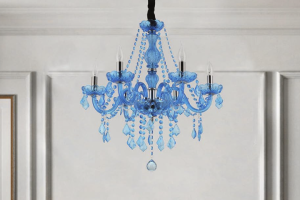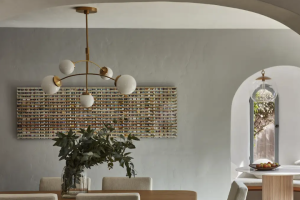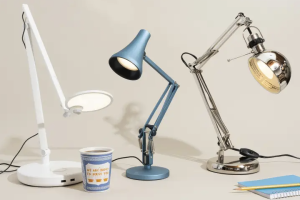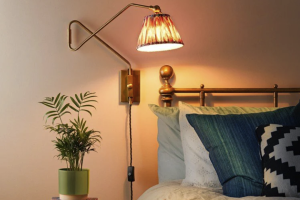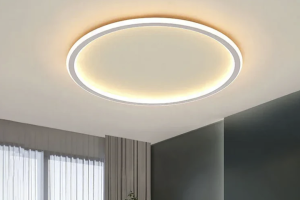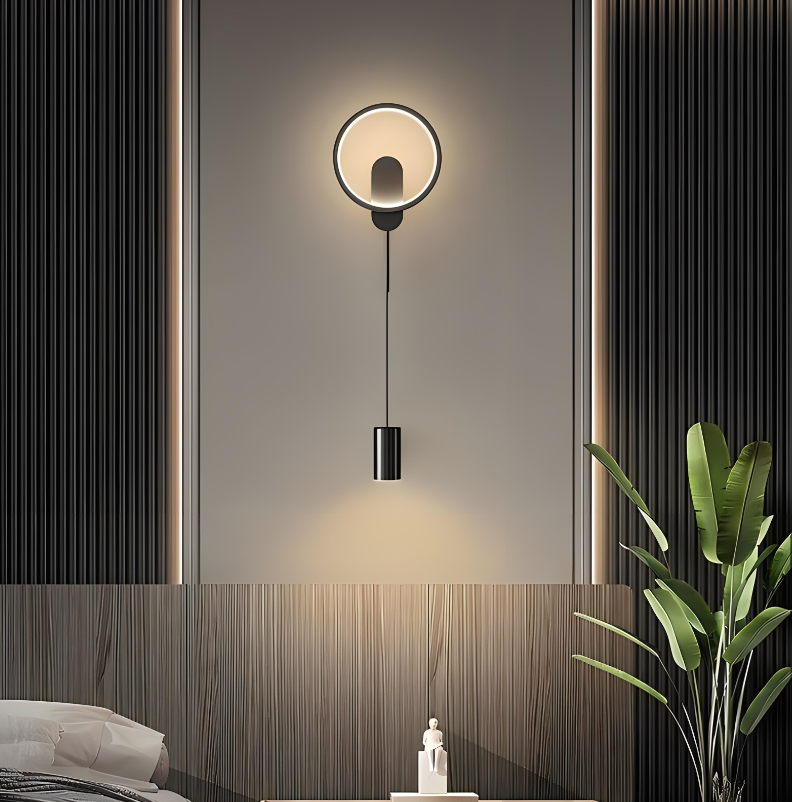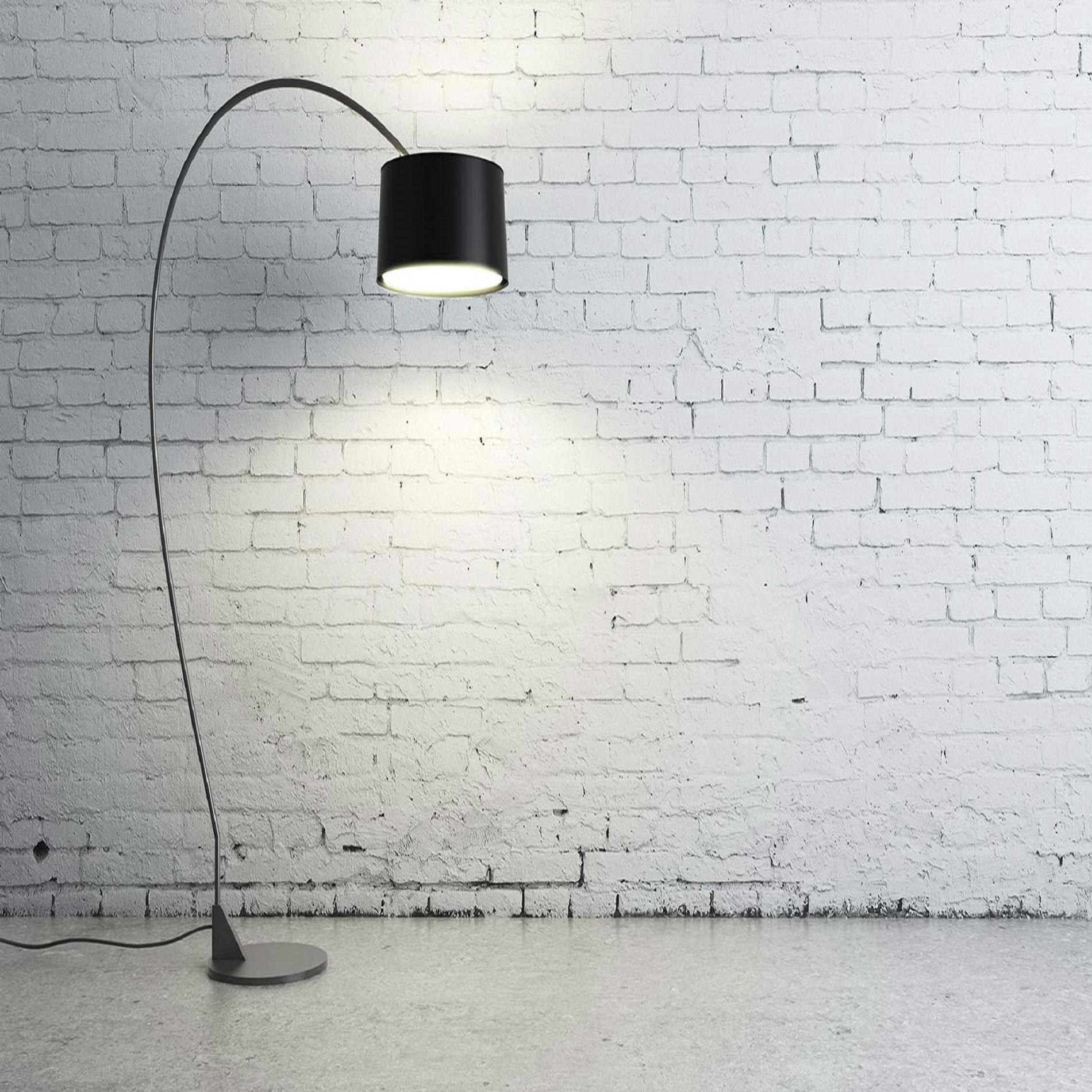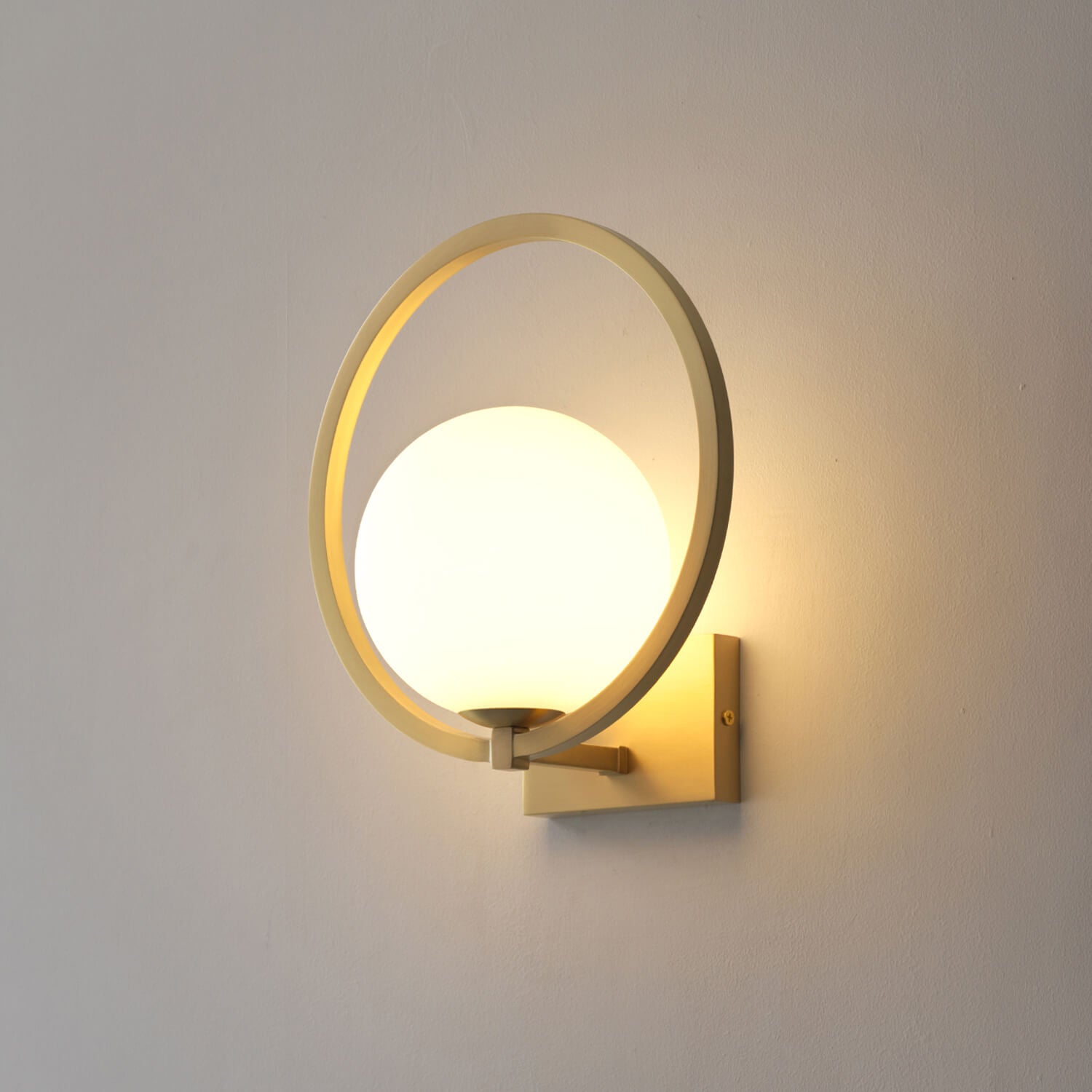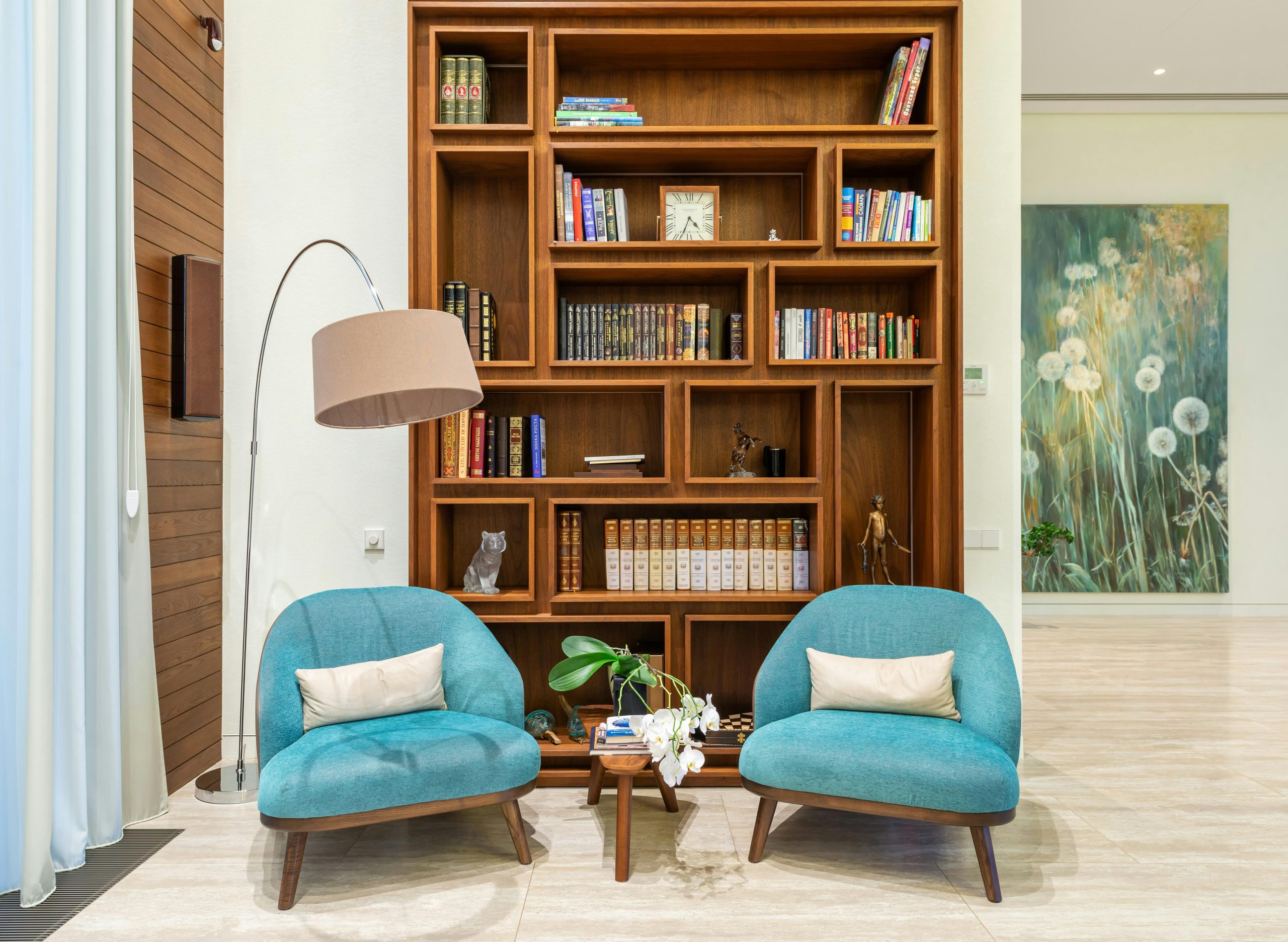When it comes to home decor, lighting plays a crucial role in creating the right ambiance and atmosphere. It not only illuminates the space but also adds a touch of style and personality to the room. One popular choice for modern homes is wall lamps. These versatile fixtures not only provide functional lighting but also serve as decorative elements that enhance the overall aesthetic of the space.
Wall lamps are a popular choice for modern homes due to their versatility and ability to save space. Unlike floor lamps or table lamps, wall lamps are mounted on the wall, freeing up valuable floor or table space. This makes them an ideal choice for smaller rooms or spaces where floor or table space is limited. Additionally, wall lamps come in a wide range of styles, designs, and finishes, making it easy to find one that complements your decor style.
Types of Wall Lamps: Understanding the Different Styles and Designs
There are several types of wall lamps available, each with its own unique features and benefits. One common type is sconces, which are fixed to the wall and provide both uplighting and downlighting. Sconces come in various styles, from traditional to modern, and can be used in any room of the house.
Another type of wall lamp is swing arm lamps. These lamps have an adjustable arm that allows you to direct the light where you need it most. Swing arm lamps are perfect for reading nooks or bedside lighting, as they provide focused task lighting.
Picture lights are another popular choice for wall lamps. These fixtures are specifically designed to highlight artwork or photographs on the wall. Picture lights typically have a narrow beam of light that can be adjusted to illuminate the artwork without causing glare.
Choosing the Right Size: How to Determine the Perfect Fixture for Your Space
Choosing the right size wall lamp is essential to ensure it fits proportionally in your space. To determine the appropriate size, start by measuring the height and width of the wall where you plan to install the lamp. Consider the overall size of the room and the other elements in the space, such as furniture and artwork.
As a general rule of thumb, the height of the wall lamp should be approximately two-thirds to three-quarters the height of the wall. This ensures that the lamp is visually balanced and not overpowering or too small for the space. Additionally, consider the width of the lamp in relation to the width of the wall. A larger wall may require a wider lamp to create a visually pleasing effect.
When choosing a wall lamp, also consider the style and design of your room. A sleek and modern lamp may be more appropriate for a contemporary space, while a more ornate and traditional lamp may suit a classic or vintage-inspired room.
Materials and Finishes: Exploring the Wide Range of Options Available
Wall lamps come in a variety of materials and finishes, allowing you to choose one that complements your decor style. Common materials for wall lamps include metal, glass, and wood.
Metal wall lamps are a popular choice due to their durability and versatility. They can be found in various finishes, such as brushed nickel, bronze, or brass, allowing you to match them with other metal accents in your space.
Glass wall lamps add a touch of elegance and sophistication to any room. They come in different styles, from clear glass for a modern look to frosted or colored glass for a more decorative effect.
Wooden wall lamps provide a warm and natural feel to a space. They can be found in various finishes, from light oak to dark walnut, allowing you to choose one that complements your existing wood furniture or flooring.
When choosing a material and finish for your wall lamp, consider the overall aesthetic of your space. If you have a minimalist or industrial-style room, a metal lamp may be the perfect choice. For a more traditional or rustic space, a wooden lamp may be more suitable.
Lighting Considerations: Understanding the Importance of Brightness and Color Temperature
When choosing a wall lamp dililamp , it’s important to consider the brightness and color temperature of the light it emits. The brightness of a lamp is measured in lumens, with higher lumens indicating a brighter light. Consider the purpose of the lighting in your space. If you need task lighting for reading or working, choose a lamp with higher lumens. For ambient or mood lighting, a lower lumen lamp may be more appropriate.
Color temperature refers to the warmth or coolness of the light emitted by a lamp. It is measured in Kelvin (K). Lower Kelvin values (around 2700K) produce warm, yellowish light, similar to traditional incandescent bulbs. Higher Kelvin values (around 5000K) produce cool, bluish light, similar to daylight. Consider the mood and ambiance you want to create in your space when choosing the color temperature of your wall lamp.
Installation Tips: How to Properly Mount and Wire Your Wall Lamp

Installing a wall lamp requires some basic electrical knowledge and skills. Before starting the installation process, make sure to turn off the power to the circuit you will be working on at the main electrical panel.
To mount the wall lamp, start by marking the desired location on the wall. Use a stud finder to locate any studs behind the wall, as this is where you will want to secure the mounting bracket for added stability. If there are no studs available, use wall anchors to secure the bracket.
Once the mounting bracket is in place, attach the wiring from the lamp to the electrical box in the wall. Make sure to follow all safety precautions and consult a professional if you are unsure about any step of the installation process.
Maintenance and Care: Keeping Your Wall Lamp in Top Condition
To keep your wall lamp in top condition, it’s important to properly maintain and care for it. Regularly dust the lamp with a soft cloth or feather duster to remove any dirt or debris. Avoid using harsh chemicals or abrasive cleaners, as they can damage the finish of the lamp.
If your wall lamp has a glass shade, clean it with a glass cleaner and a soft cloth. For metal or wood finishes, use a mild soap and water solution to clean any stains or smudges. Make sure to dry the lamp thoroughly after cleaning to prevent any water damage.
If you encounter any issues with your wall lamp, such as flickering lights or loose wiring, it’s important to address them promptly. Consult the manufacturer’s instructions or contact a professional electrician for assistance.
Budget-Friendly Options: Finding Affordable Wall Lamps That Look Great
Finding affordable wall lamps that look great doesn’t have to be a challenge. There are several ways to save money without sacrificing style or quality.
One option is to shop during sales or clearance events. Many home decor stores offer discounts on lighting fixtures throughout the year. Keep an eye out for these sales and take advantage of the savings.
Another option is to shop online. Online retailers often have lower overhead costs compared to brick-and-mortar stores, allowing them to offer lower prices. Additionally, online shopping allows you to easily compare prices and find the best deal.
Consider shopping at thrift stores or flea markets for unique and affordable wall lamps. You may be able to find vintage or one-of-a-kind pieces at a fraction of the cost of new fixtures.
DIY Wall Lamps: Creative Ideas for Making Your Own Unique Light Fixtures
If you’re feeling creative, making your own wall lamps can be a fun and rewarding project. There are several DIY ideas that you can try, depending on your skill level and the materials you have available.
One simple DIY project is to repurpose an old lampshade into a wall sconce. Remove the fabric from the lampshade frame and attach it to the wall using a mounting bracket. Install a light bulb socket and wire it to an electrical box in the wall. This creates a unique and personalized wall lamp that adds a touch of charm to any room.
Another DIY idea is to create a wall lamp using mason jars. Attach the mason jars to a wooden board using hose clamps or metal brackets. Install light bulb sockets inside the jars and wire them to an electrical box in the wall. This creates a rustic and industrial-style wall lamp that can be customized with different colored or patterned jars.
Final Thoughts: Finding the Perfect Wall Lamp to Suit Your Style and Needs
When it comes to choosing a wall lamp, it’s important to consider your personal style and needs. Take into account the size and style of your room, as well as the overall aesthetic you want to achieve. Consider the brightness and color temperature of the lamp, as well as the materials and finishes that complement your decor.
Remember to properly install and maintain your wall lamp for safety and functionality. If you’re on a budget, explore affordable options or try your hand at DIY projects. With so many choices available, finding the perfect wall lamp to suit your style and needs is easier than ever.

